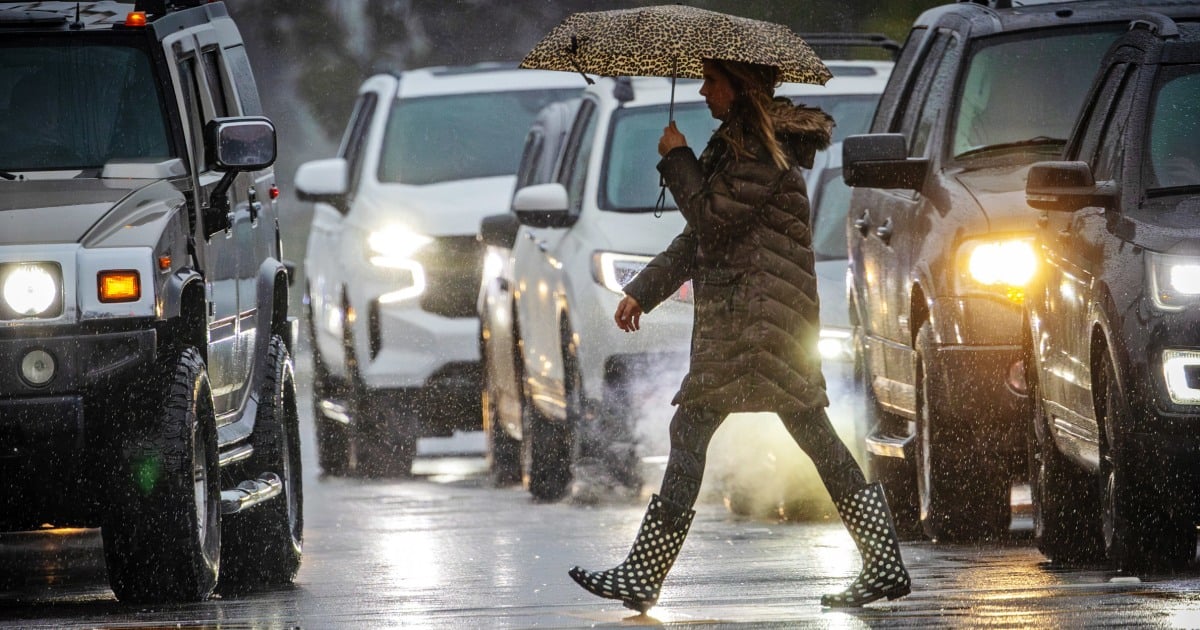The Transportation Department projects the new rule could save 360 lives a year and prevent 24,000 injuries.
The Biden administration plans to require that all new cars and trucks come with pedestrian-collision avoidance systems that include automatic emergency braking technology by the end of the decade.
In an interview, Transportation Secretary Pete Buttigieg said the requirement is designed to reduce pedestrian deaths, which have been on the rise in the post-Covid 19 era.
…
The new standards will require all cars to avoid contact at up to 62 mph and mandate that they must be able to detect pedestrians in the dark. They will also require braking at up to 45 mph when a pedestrian is detected.
The Transportation Department projects the rule could save 360 lives a year and prevent 24,000 injuries.



I look forward to finding out if it actually helps or makes things worse as people rely more and more on safety features instead of paying attention while driving. I find drivers are far more distracted and driving dangerously today than 20 years ago, almost always staring at phones or those giant consoles they insist on putting in every vehicle.
Maybe a long term outcome will be better sensor tech that puts us closer to fully automated driving.
at least half the drivers (out of the many) that don’t stop at the crosswalk i’m trying to use on my way to or from the office (my commute is a short walk. the street is the ‘main drag’ in a small town’s downtown) either have their phone in their hands or are looking down (and i can’t actually see the phone).
Two words: Water balloons.
I do not think we will have anything approaching truly safe fully automated driving outside of limited areas for a long time. There are just too many unknown variables to account for that a creatively-thinking human brain can respond to better.
I can certainly think of a time I’ve gotten out of a crash through some creative driving on my part. I’m sure others can too.
Human experience can be better in some circumstances and automated is better in others. I wouldn’t expect an automated driving system to handle off roading where experience fills in a lot of unknown details. But humans are not able to pay 100% attention all the time and make basic mistakes.
Eventually automated driving will end up being safer overall, just like with autopilot in planes, but the complexity of driving on the ground means we will need a combination of better road markings, better road design, and a lot of time to refine both the training algorithms and develop better processing abilities to keep up with the complexity. At some point the design defects will lead to fewer mistskes than human error in cities, but I see that as decades down the road since the companies involved have already been blatantly lying about their issues.
What I would like to see is first (in the US) is a focus on being able to use full automation on interstate highways. This would massively help with driving fatigue for truckers and people on long trips in a controllled environment with few pedestrians. It would also be a great training ground for avoiding large mammals like deer that can be as unpredictable as humans. Then expand to regular highways, and eventually imto cities. Starting with cities was basically shooting themselves in the foot, especially if the reason was lower speeds while not balancing that benefit against the complexity of urban roads.